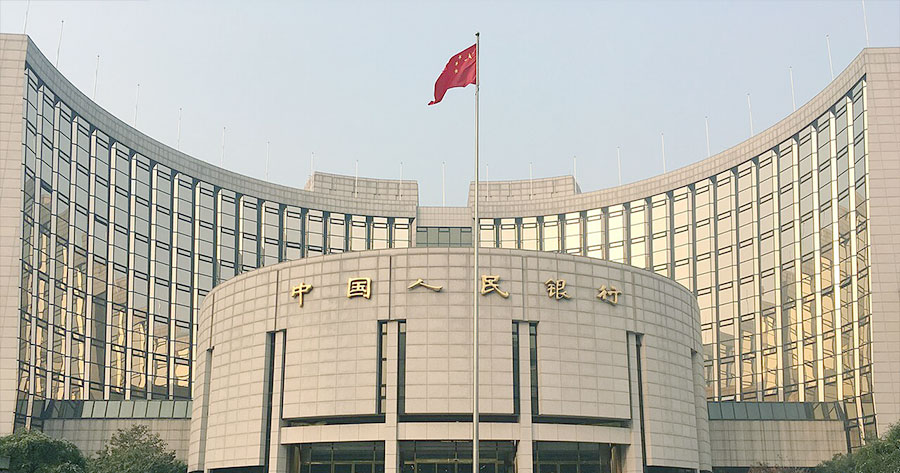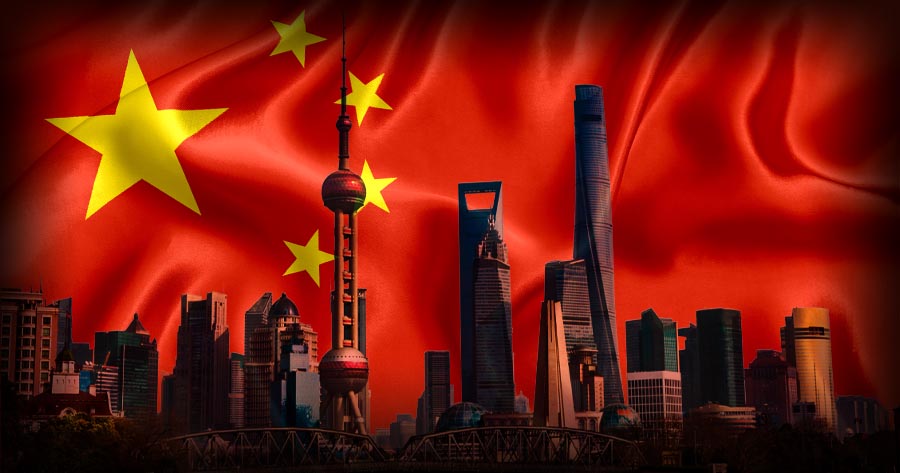China’s central bank is taking steps to inject fresh liquidity into its financial system amid continuing headwinds from trade tensions with the United States.
Governor Pan Gongsheng announced on Wednesday that the People’s Bank of China (PBOC) will lower banks’ reserve requirement ratio (RRR) by 50 basis points. The reduction is projected to free up roughly 1 trillion yuan in liquidity for lending and other financial activities.
This move marks the first RRR cut for 2025, as Beijing ramps up efforts to shore up economic growth in the face of recent escalations in its trade dispute with Washington. Earlier this year, U.S. President Donald Trump imposed steep tariffs on a wide array of Chinese exports, intensifying economic pressures on the world’s second-largest economy.
Speaking to reporters, Pan noted that details on the implementation date for this policy shift are forthcoming. The latest move follows two similar half-point RRR cuts made in February and September of last year, part of a series of policy responses aimed at maintaining market stability and supporting lending.
Further easing measures are also in the pipeline. The central bank intends to lower its main policy rate by 10 basis points, which is expected to lead to an equivalent reduction in the country’s benchmark loan prime rate (LPR), a critical reference for setting commercial lending costs.
These steps underscore Beijing’s ongoing commitment to ensuring ample liquidity and mitigating downside risks as external challenges mount and policymakers seek to maintain momentum in China’s post-pandemic economic recovery.





